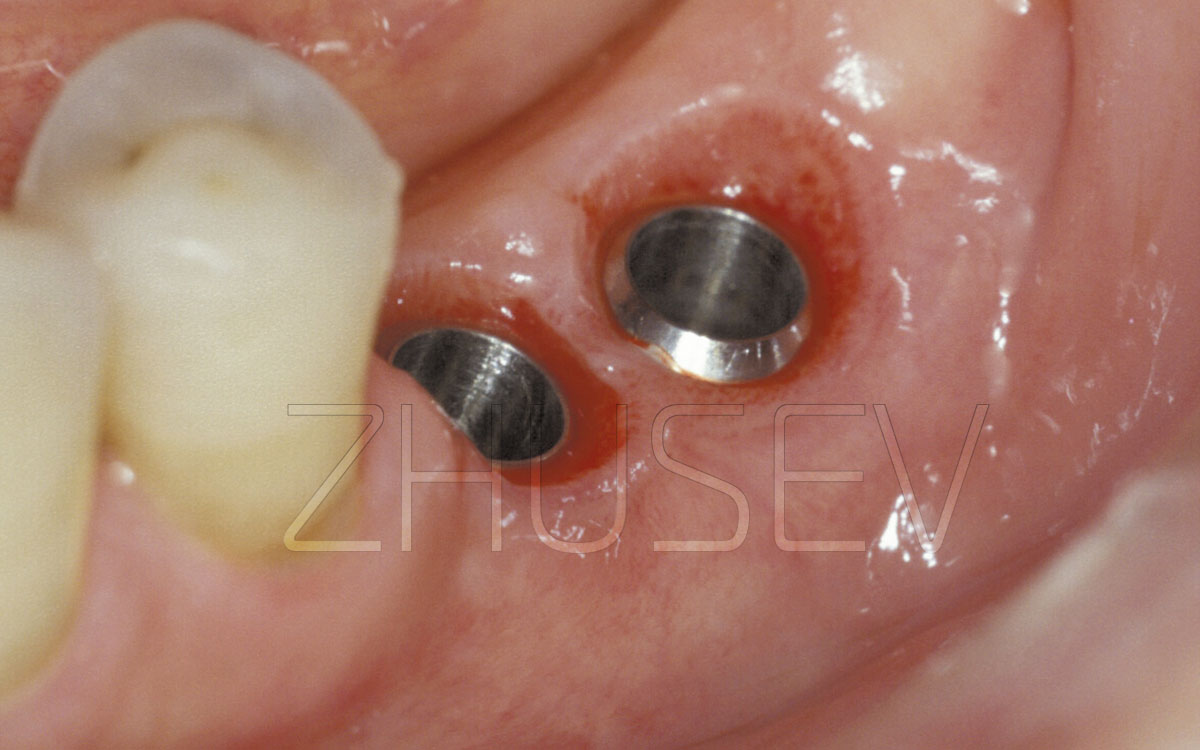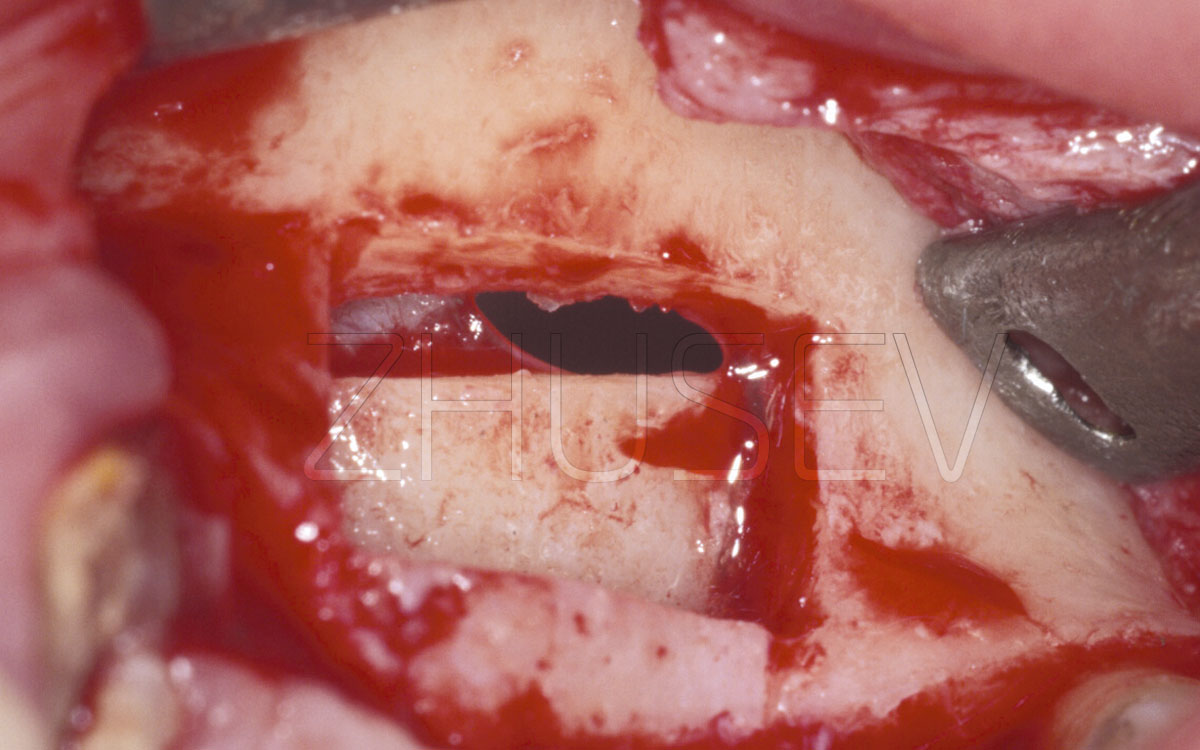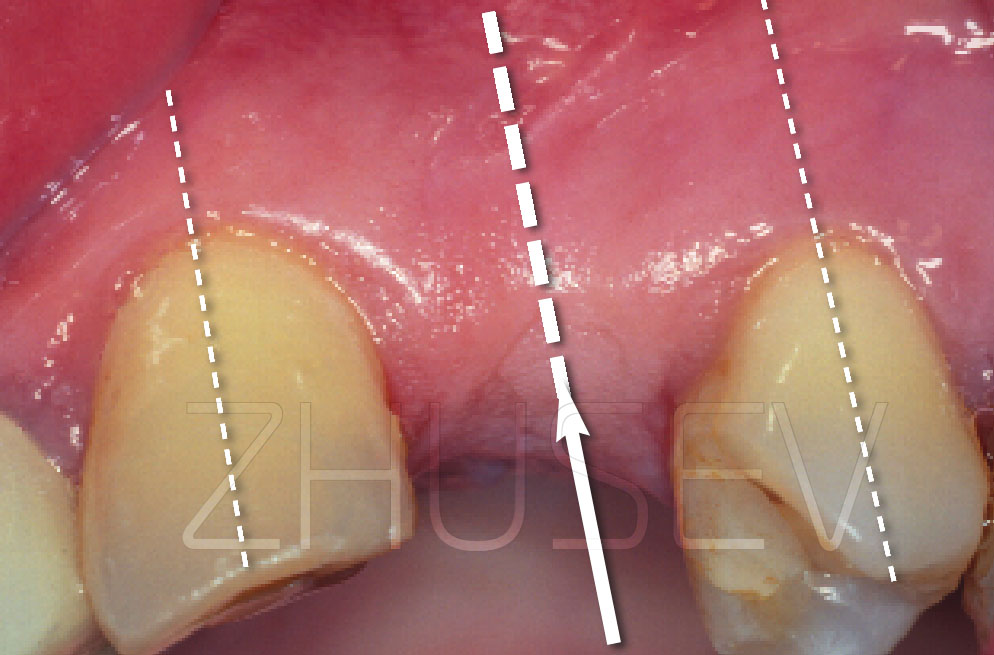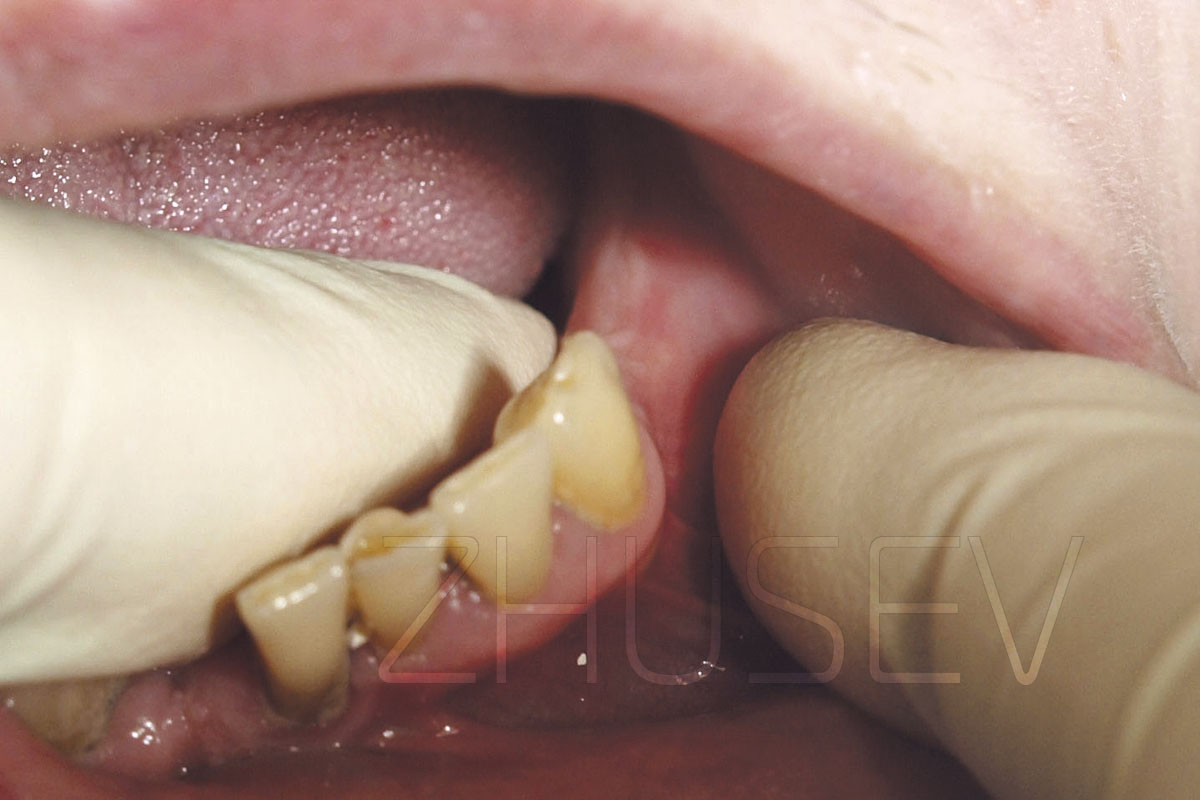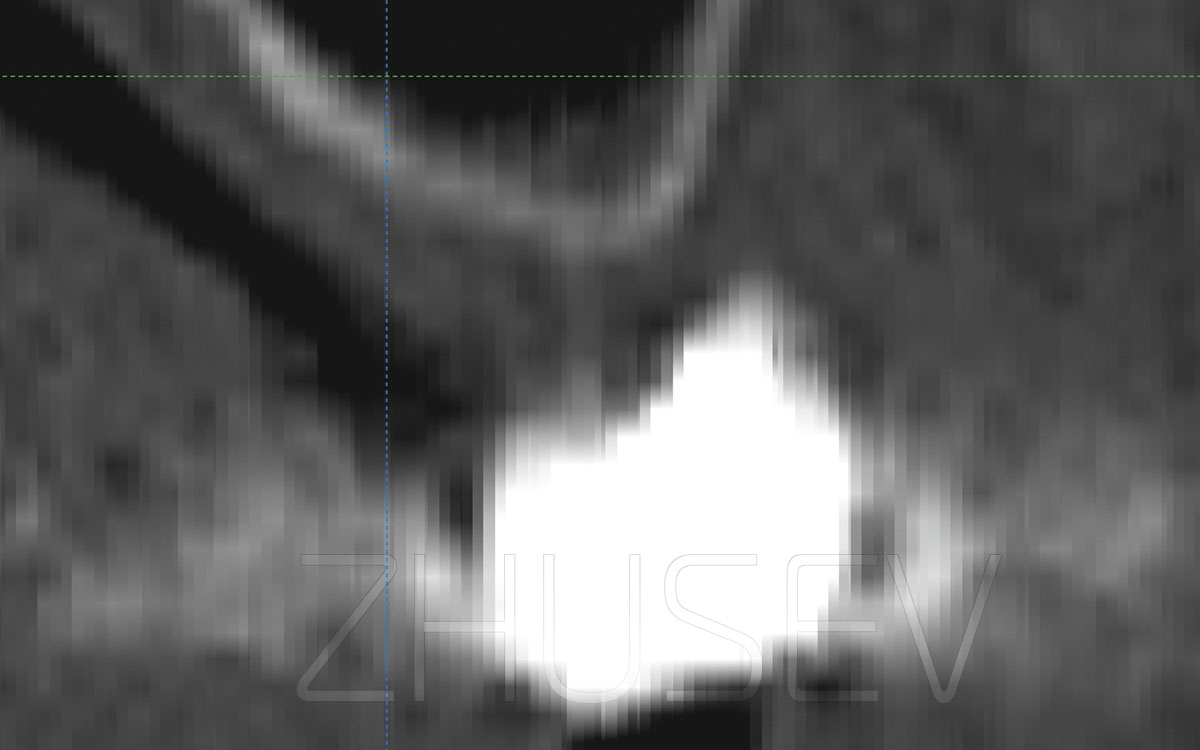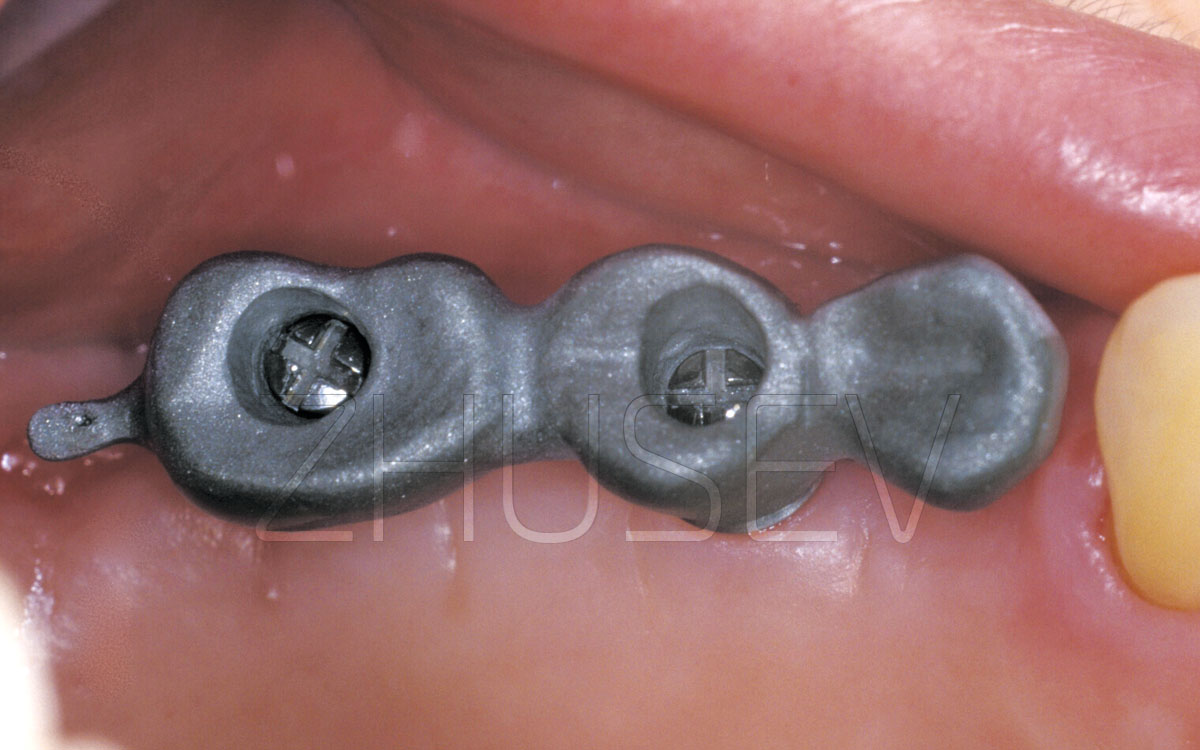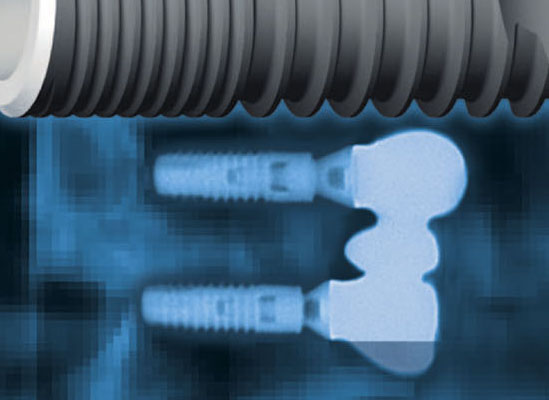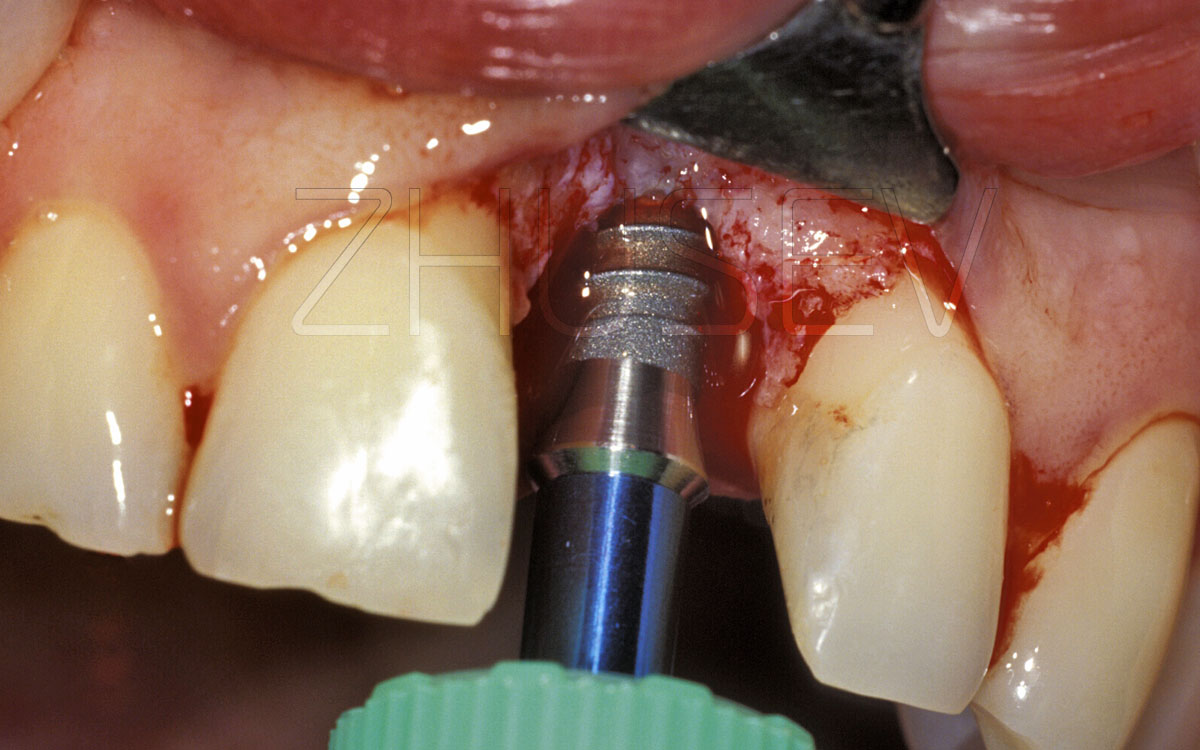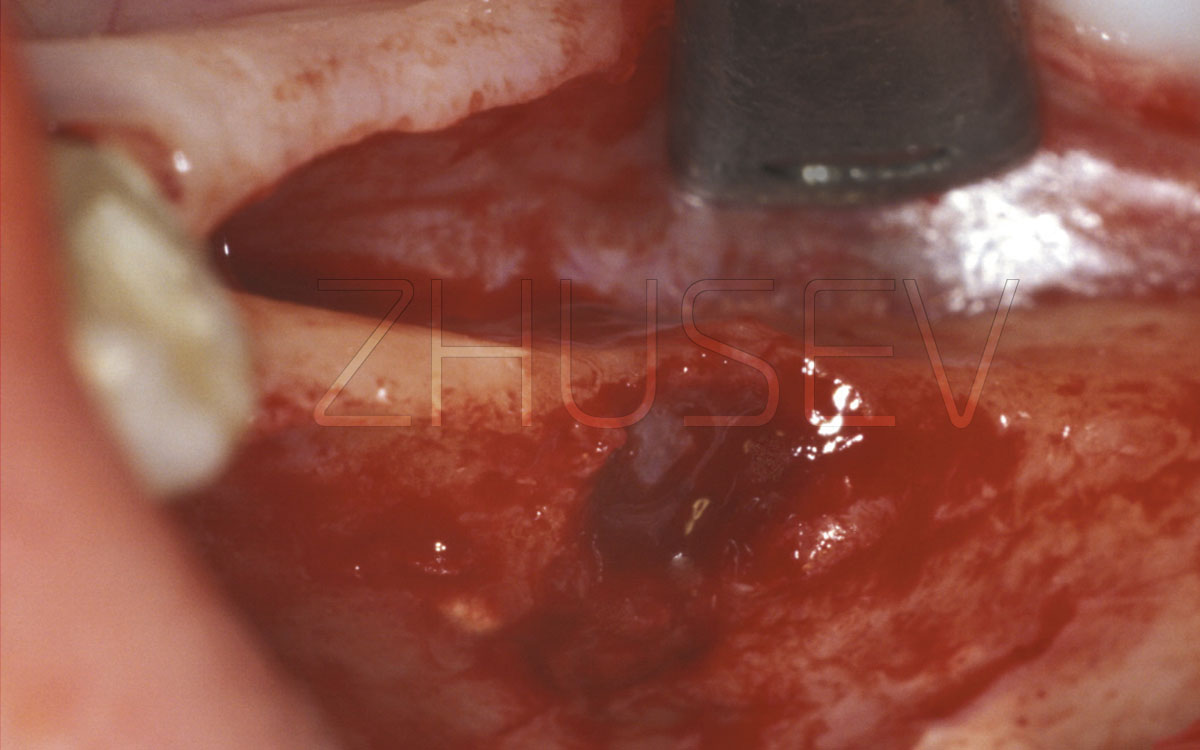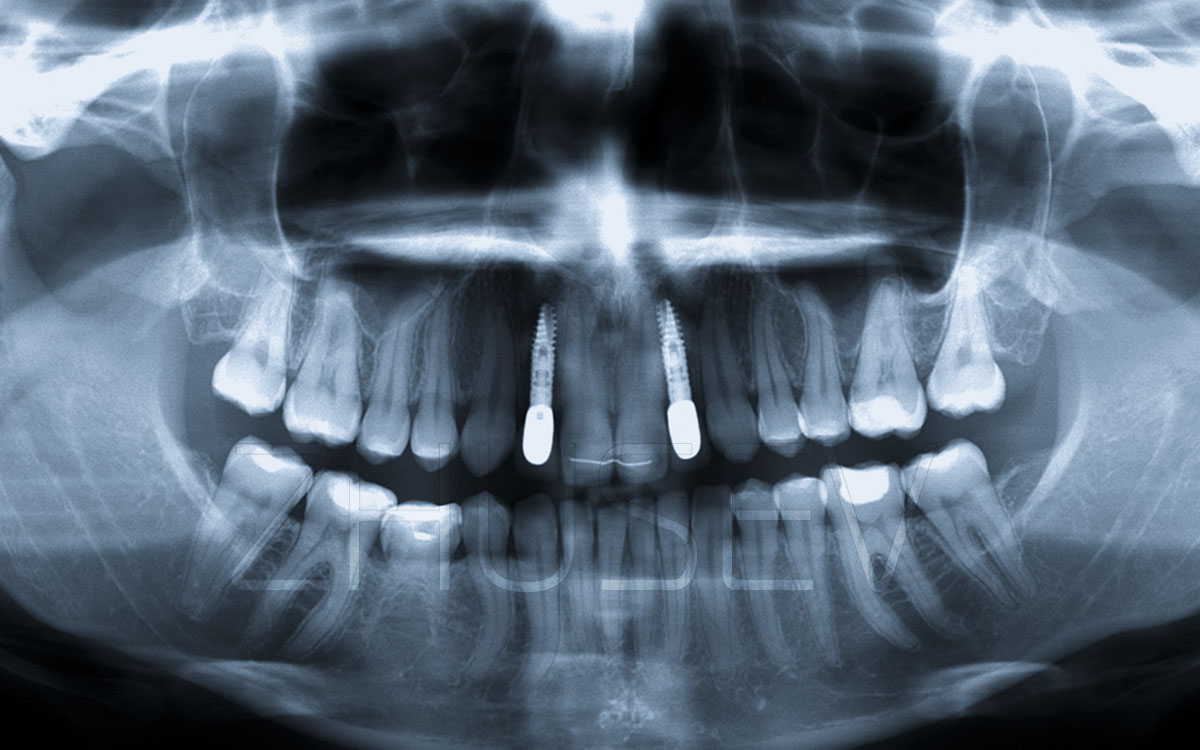To select an appropriate implant, it is important to obtain the patient’s medical history, examine them, and analyse their X-ray images. Selecting an implant, follow the rules specified below:
Assessing the optimal number of implants
Selecting an implant during preoperative planning, it is essential that you should determine their number, length and diameter.
If only one tooth is missing, it is clear that only one implant is required. If several teeth are missing, the optimal solution is to embed as many implants as there are missing teeth (if three teeth are missing, three implants should be inserted).
If the proposed solution is unfeasible, implants can be used for distal support of an implant-supported prosthesis 2.2.2-3. Remember that the greater is the distance between two adjacent implants, the bigger the implants should be.
If the previously mentioned solutions cannot be used, it may be necessary to use adjacent teeth to hold prostheses in place. The longevity of such constructions depends greatly on the number of supports and the fixation quality of prostheses.
This will provoke implant mobility and will result in connective tissue downgrowth on the surface of the endosseous implant or will eventually cause implant fracture.
Remember that even though it is not recommended to incorporate teeth in prostheses, it is still possible in cases when there are no other solutions 2.2.2-4. If you have to use adjacent teeth to hold prostheses in place, observe the following rules:
Deciding on implant size, remember that there are image distortions. It is easier to choose an implant if you use a transparency with implant silhouettes pictured in it.
As a rule, implant silhouettes are represented at a scale of 1:1 for focal images and at a scale of 1:25 (or 1:3) for orthopantomograms 2.2.2-6. Transparencies are easy to use. Overlay the implant silhouette (corresponding to the scale) onto the X-ray image to select the most appropriate implant.
It is essential (especially during the first years of your clinical practice) that you should establish 2 mm security zones around implants to protect sinuses, nerves, and teeth. Remember that due to their geometry, drills cut holes which are 0.5 – 1.5 mm deeper, depending on their cutting diameter and point angle 2.2.2-7.
The loss of natural teeth results in the alveolar bone resorption accompanied by changes in bone architecture and reduced resistance to chewing pressure. There are sites (canine teeth, for example) that constantly experience excessive occlusal forces. It is highly recommended that the longest and the largest implants should be inserted in the sites. If for some reason it is impossible, an additional implant should be installed in the first premolar site. Occlusal correction is required to ensure implant longevity and effectiveness. Canine-protected occlusion should be avoided. It is recommended that you should promote multiple tooth contact in lateral gliding movements.
